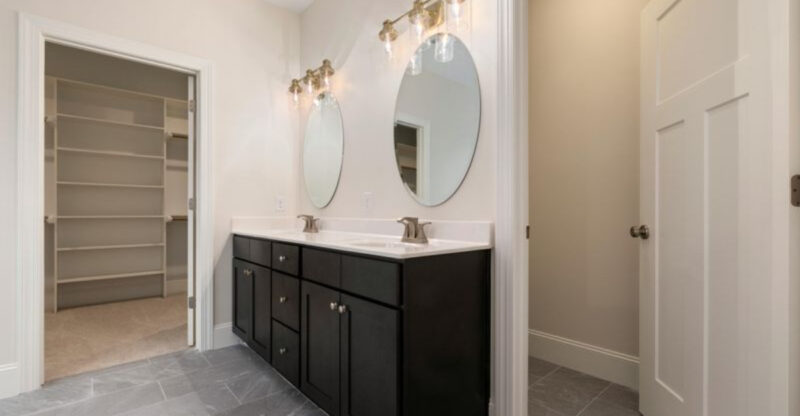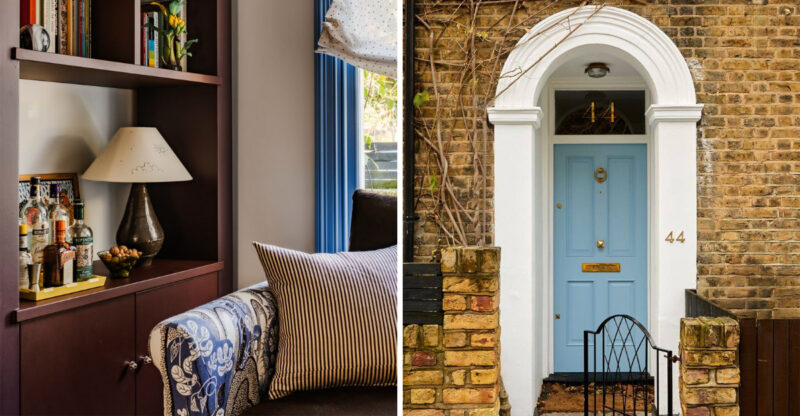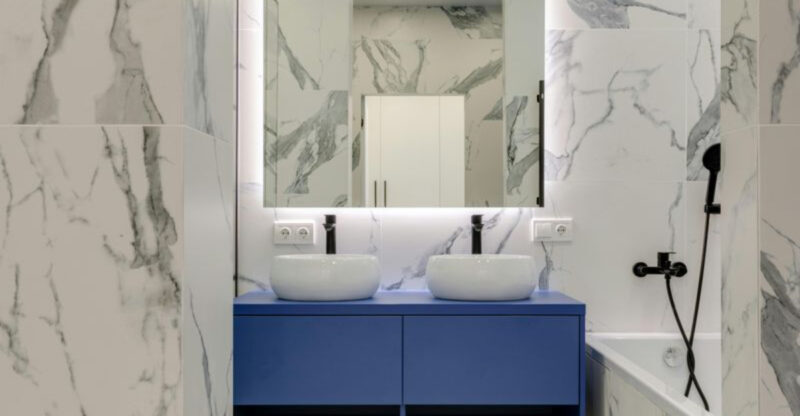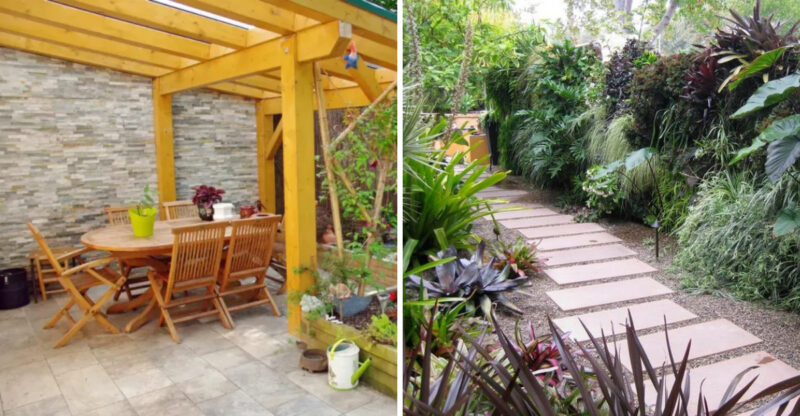10 Common Staging Fails That Can Ruin First Impressions – And 5 That Shouldn’t Exist
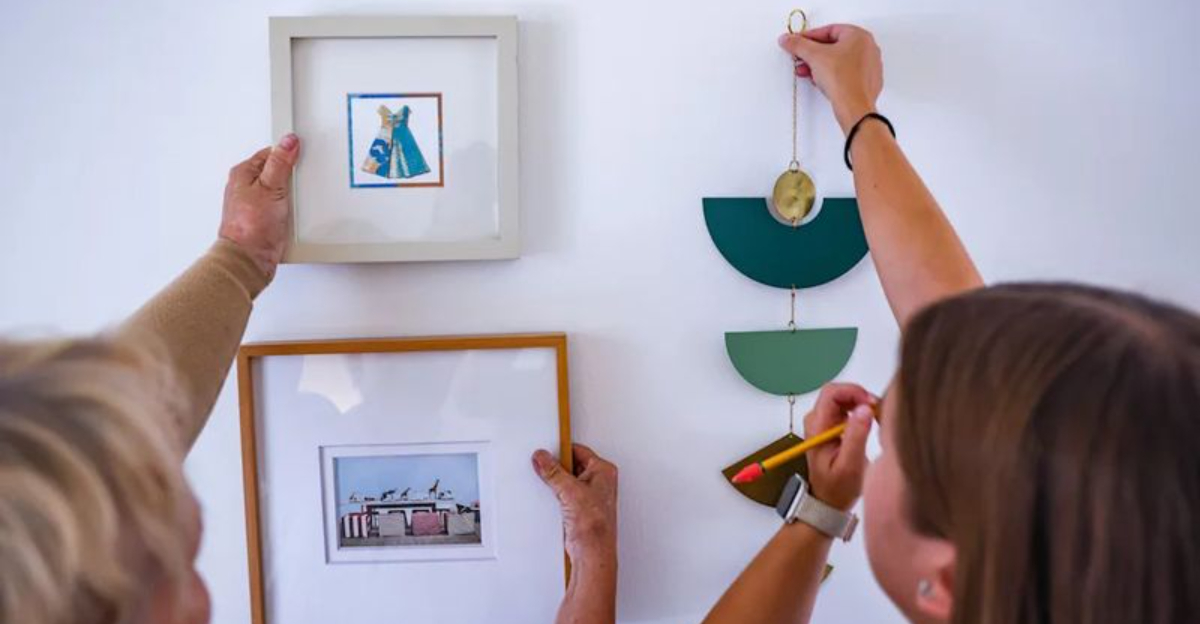
When selling a home, staging can make or break that crucial first impression. Many sellers unknowingly sabotage their chances with easily avoidable mistakes.
Whether it’s overwhelming clutter or bizarre personal touches, these staging blunders can send potential buyers running for the exit before they’ve even seen the whole house.
Let’s explore the most common staging fails – and a few head-scratchers that really shouldn’t happen at all.
1. Clutter Overload

Walking into a home that’s bursting with stuff makes buyers feel claustrophobic immediately. Those overflowing bookshelves, crowded countertops, and packed closets signal one thing: this house doesn’t have enough storage!
Remember, you’re not just selling a house. You’re selling the dream of an organized life. When buyers can’t see past your collection of ceramic elephants, they struggle to imagine their own belongings in the space.
The golden rule? Remove at least half of your personal items before showings.
2. Personality Overload
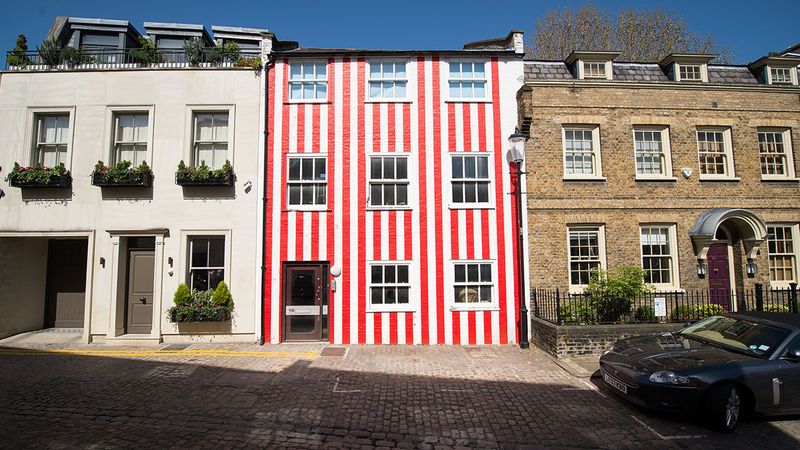
Your lime green kitchen might have been your pride and joy, but it’s likely to make potential buyers wince. Bold color choices, quirky decorations, and unusual design elements that reflect your unique personality can prevent buyers from seeing themselves in the space.
Imagine trying to sell a house with a bathroom covered in dolphin-themed wallpaper or a bedroom ceiling painted like the night sky. While these personalized touches brought you joy, they’re major distractions during showings.
Neutralizing your space isn’t boring, it’s strategic. It creates a blank canvas where buyers can project their own dreams and plans.
3. Neglected Odors
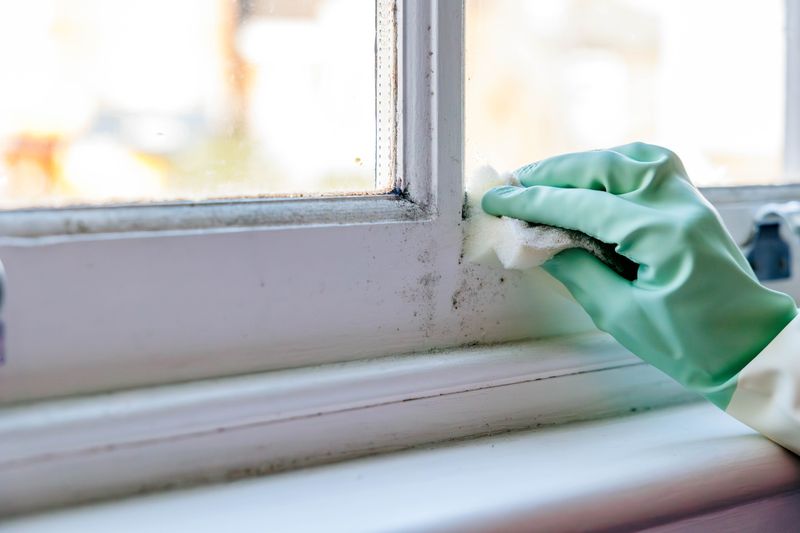
Nothing sends buyers running faster than a mysterious smell! Whether it’s lingering cooking odors, pet accidents, or mustiness from closed windows, bad smells create instant negative impressions that are nearly impossible to overcome.
Your nose has likely become blind to your home’s unique scent cocktail. What you don’t notice, visitors detect immediately. They associate those odors with neglect, even when the house looks spotless.
Have a trusted friend perform an honest “smell test” before listings go live. Address any issues with deep cleaning, not just masking scents with air fresheners that can raise suspicions about what you’re hiding.
4. Poor Lighting Choices
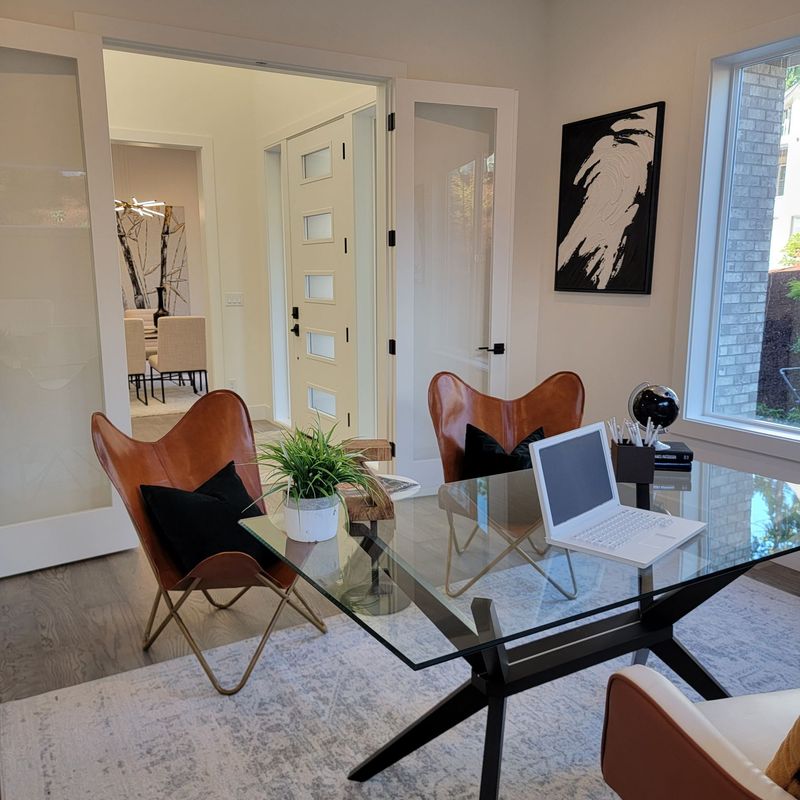
Imagine walking into a cave-like living room where you can barely see the furniture. Gloomy, poorly lit spaces feel depressing and much smaller than they actually are, instantly turning off potential buyers.
Harsh lighting can be equally problematic. Those fluorescent bulbs that make your bathroom feel like a medical examination room? They’re highlighting every flaw and creating an unwelcoming atmosphere.
Savvy staging means maximizing natural light by opening blinds and curtains, cleaning windows, and supplementing with warm-toned bulbs in stylish fixtures. The right lighting literally showcases your home in its best light!
5. Mismatched Furniture Scale

Ever seen a tiny living room crammed with an enormous sectional sofa? Or perhaps a vast master bedroom with furniture that looks like dollhouse miniatures floating in an ocean of carpet?
Furniture that’s the wrong scale for your space creates visual confusion. Oversized pieces make rooms feel cramped and smaller than they are, while undersized furniture makes spaces feel awkward and poorly planned.
Professional stagers understand that appropriately-scaled furniture showcases a room’s true dimensions and potential. Sometimes removing pieces entirely works better than keeping the wrong-sized furniture. Even if it means some rooms aren’t fully furnished.
6. Visible Pet Evidence
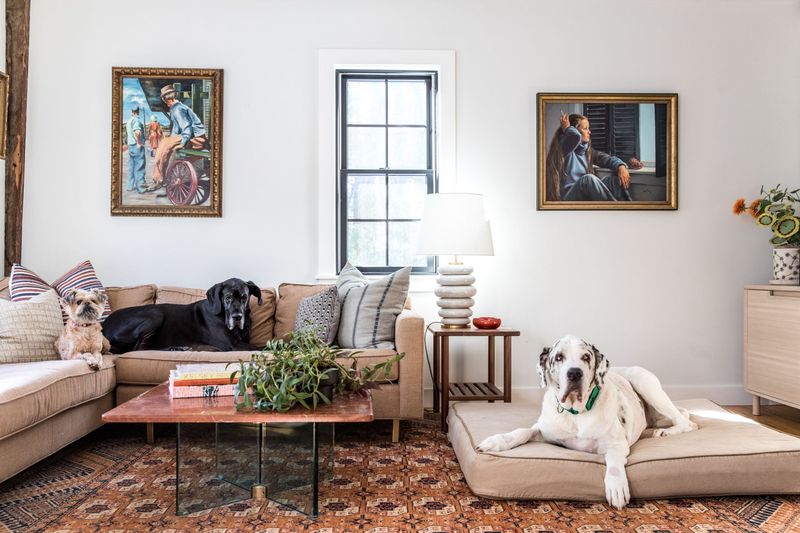
You adore your furry family members, but potential buyers might not share your enthusiasm for the four-legged residents. Cat trees dominating the living room, dog beds in every corner, and visible litter boxes are instant turn-offs.
Even worse? The telltale signs of pet damage: scratched doors, fur-covered furniture, and those distinctive pet odors we mentioned earlier. These signals make buyers worry about deeper problems they can’t see.
Temporarily minimizing your pet’s presence during the selling process isn’t cruel, it’s smart marketing. Store pet supplies, repair any damage, and arrange for pets to be elsewhere during showings.
7. Neglected Curb Appeal

First impressions start at the curb, not at the front door! Overgrown lawns, peeling paint, and cluttered porches signal neglect before buyers even step inside. Many house-hunters won’t even bother getting out of their cars if the exterior looks uninviting.
What message does your home’s exterior send? A weed-filled walkway, dead plants, and an overflowing mailbox suggest the inside might be equally neglected.
Simple fixes like power washing the siding, painting the front door, and adding fresh mulch to flowerbeds deliver enormous returns. Small investments can be the difference between “Let’s go inside” and “Let’s keep driving.”
8. Awkward Room Functionality
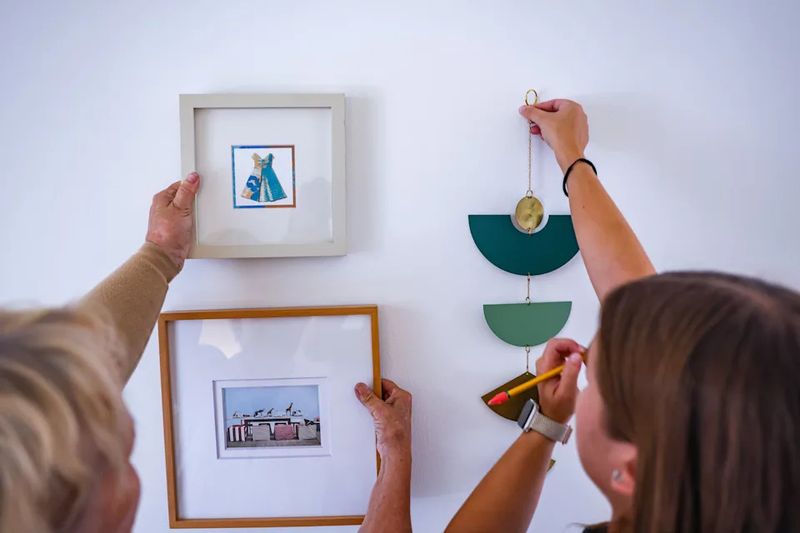
That treadmill in your formal dining room might make perfect sense for your lifestyle, but it confuses potential buyers trying to understand the home’s layout. Rooms being used contrary to their intended purpose create mental hurdles for visitors.
Buyers struggle to envision possibilities when faced with a bedroom converted to a home office with no bed, or a living room transformed into a playroom overflowing with toys. They wonder: “Is this house missing standard rooms?“
Restore rooms to their original purposes during the selling process. A dining room should have a table, bedrooms should have beds, and living spaces should feel livable. Not like storage units or makeshift gyms.
9. Visible Storage Problems
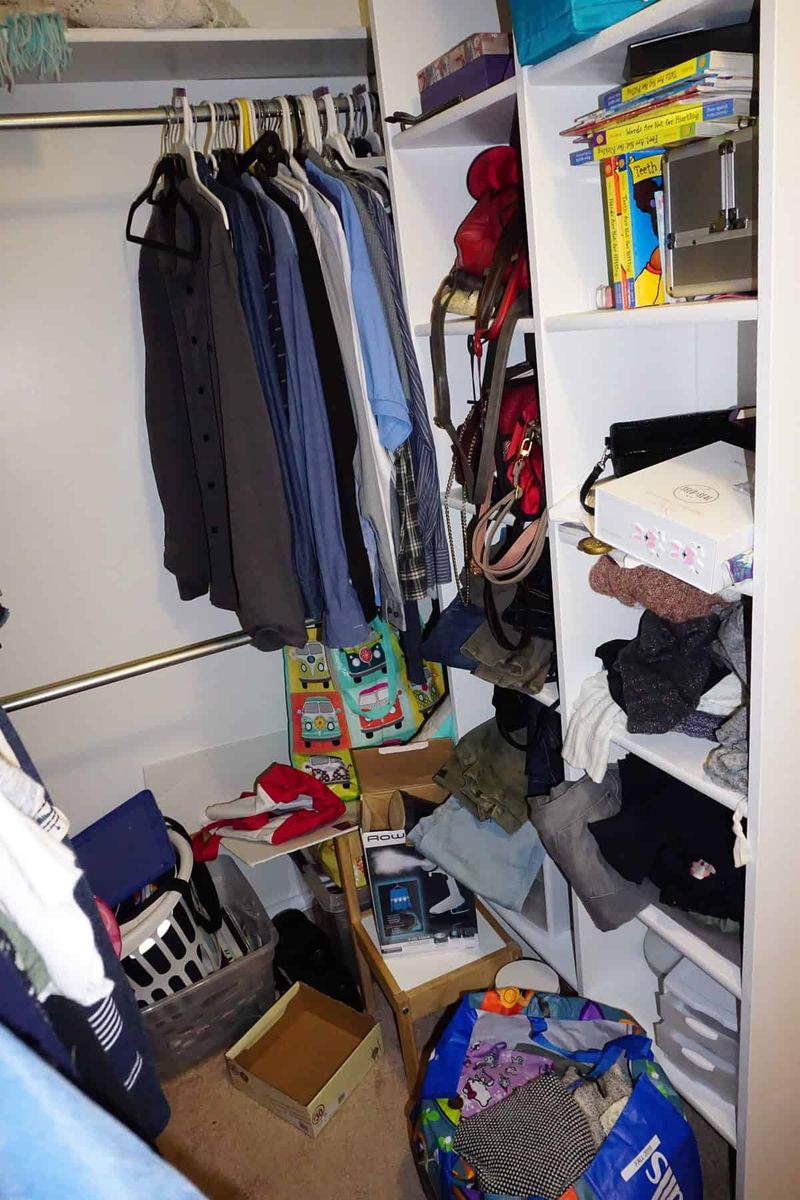
Closets stuffed to bursting send a clear message: this house lacks adequate storage. When potential buyers peek inside and see shelves sagging under too much weight, they immediately start calculating renovation costs.
Garage walls hidden behind towers of boxes and basement spaces that resemble obstacle courses create similar concerns. Buyers wonder, “If the current owners can’t fit their belongings properly, how will we manage?”
The solution isn’t magic, it’s ruthless editing. Aim to display closets and storage areas only 50-70% full, suggesting plenty of room for the new owners’ belongings. Consider temporary storage units for excess items during the selling period.
10. Dated Fixtures And Hardware

Brass light fixtures from 1992 are doing your home no favors! Outdated hardware, faucets, and lighting fixtures immediately age your home, even if everything else is neutral and staged perfectly.
When buyers spot honey oak cabinets with tulip-shaped knobs, popcorn ceilings, or bathroom faucets in that distinctive 80s gold tone, they start mentally adding up renovation costs. These seemingly small details actually create a powerful impression about the home’s overall condition.
Fortunately, these are among the easiest and most affordable updates. New cabinet hardware, modern light fixtures, and contemporary faucets can transform spaces for a fraction of the cost of major renovations.
11. Staging Only For Photos
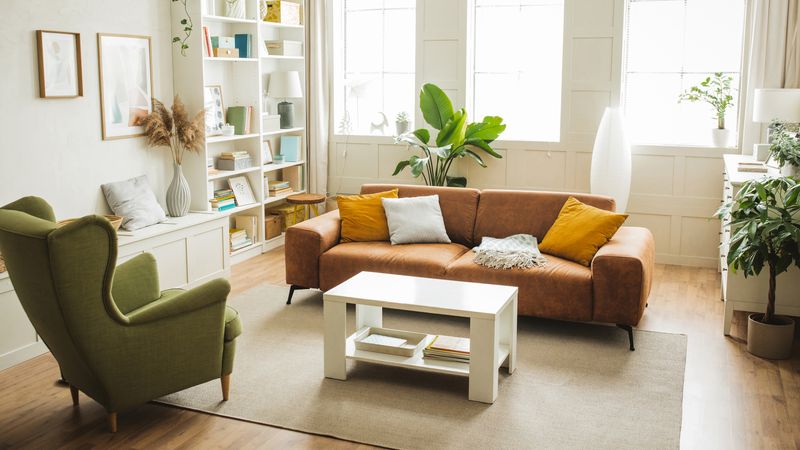
In today’s digital-first market, some sellers make the critical mistake of staging exclusively for listing photos, then returning the house to its normal state for in-person showings. Talk about a bait-and-switch!
Imagine buyers excitedly arriving at a home that looked spacious and stylish online, only to find cluttered rooms, personal items everywhere, and none of the appealing vignettes they saw in photos. The disappointment is immediate and lasting.
This shouldn’t happen because it destroys trust instantly. Maintain your staging efforts throughout the entire selling process, ensuring the home looks as good (or better!) in person as it does in listing photos.
12. Ignoring Minor Repairs
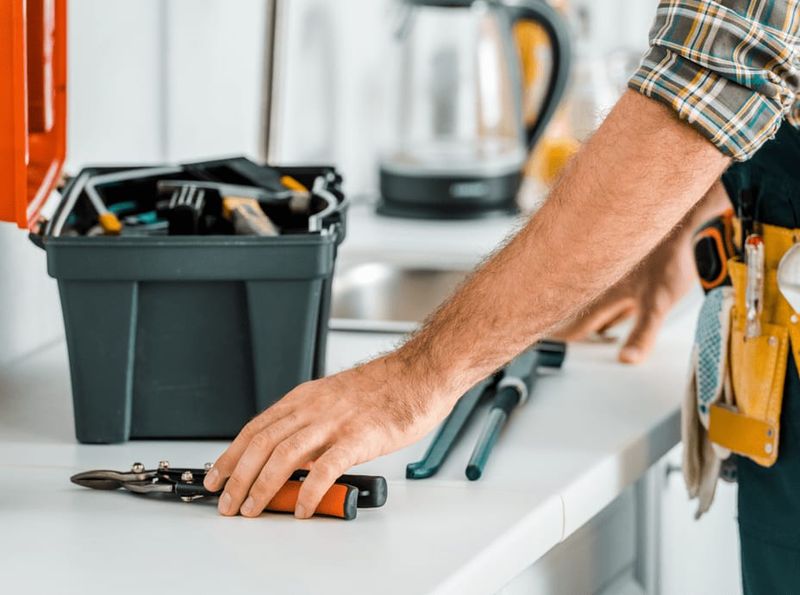
That dripping faucet you’ve learned to tune out? Potential buyers notice it immediately, along with every other minor flaw you’ve been putting off fixing. Small issues send big messages about home maintenance.
Loose doorknobs, cracked switch plates, and scuffed walls might seem insignificant to you, but buyers interpret these minor flaws as red flags. Their thought process goes: “If they couldn’t be bothered to fix visible problems, what larger issues might be lurking out of sight?”
A weekend spent addressing these small repairs pays enormous dividends. Buyers value homes that appear well-maintained far more than those with a list of “little things” needing attention.
13. Overlooking Bathroom Presentation
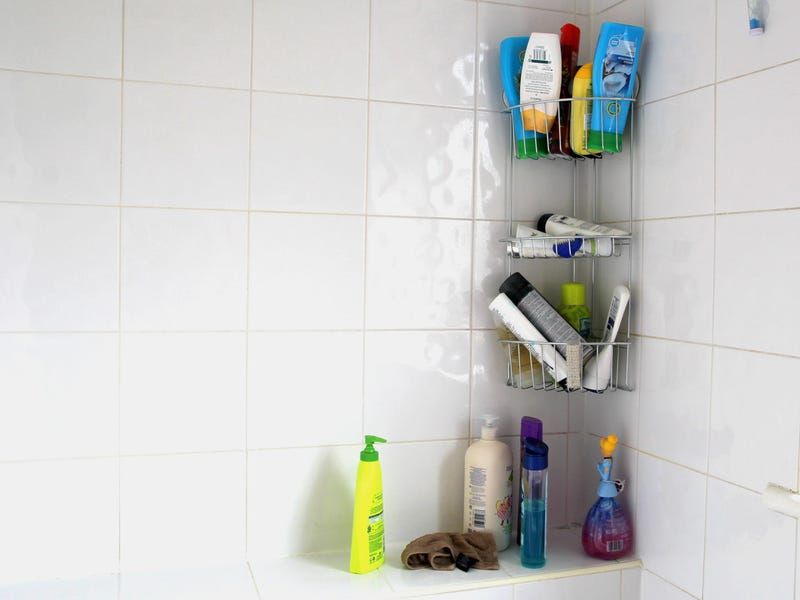
Few spaces influence buyer decisions more powerfully than bathrooms, yet sellers frequently overlook their presentation. Moldy shower curtains, cluttered countertops, and visible personal hygiene items create instant negative impressions.
Would you feel comfortable in someone else’s bathroom surrounded by their used toothbrushes, prescription medications, and collection of half-empty shampoo bottles? Neither will your potential buyers.
Bathrooms should feel like luxurious, clean retreats – not lived-in spaces. Invest in fresh white towels, remove all personal items, and ensure every surface sparkles. Small touches transform utilitarian spaces into selling features.
14. DIY Staging Without Research
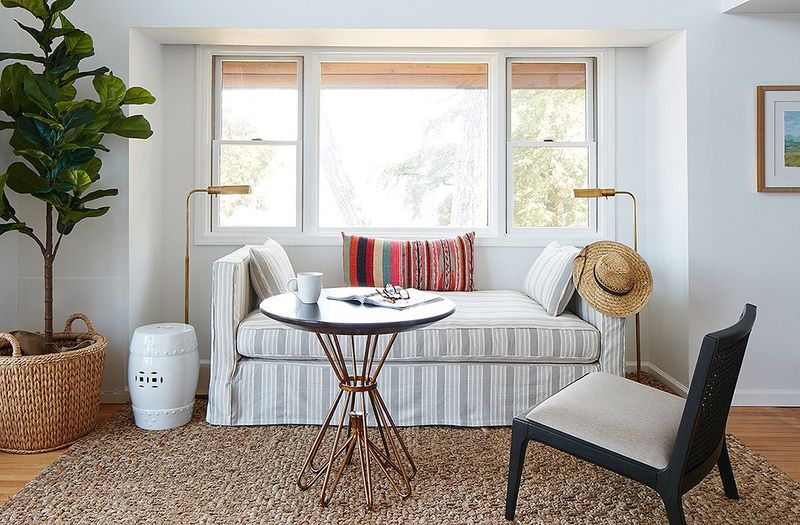
Armed with Pinterest boards and HGTV inspiration, ambitious homeowners sometimes create staging disasters through well-intentioned but misguided efforts. The road to staging hell is paved with good intentions and hot glue guns!
From furniture arrangements that block natural traffic flow to mismatched décor that creates visual chaos, amateur staging can actually highlight a home’s flaws rather than its features. Even worse are the DIY “updates” like painted countertops or stick-on backsplashes that look exactly as temporary as they are.
If professional staging isn’t in your budget, at least invest time researching proper techniques. Sometimes less is more. Neutral, clean, and clutter-free spaces outperform amateur design experiments every time.
15. Over-Staging With Fake Elements
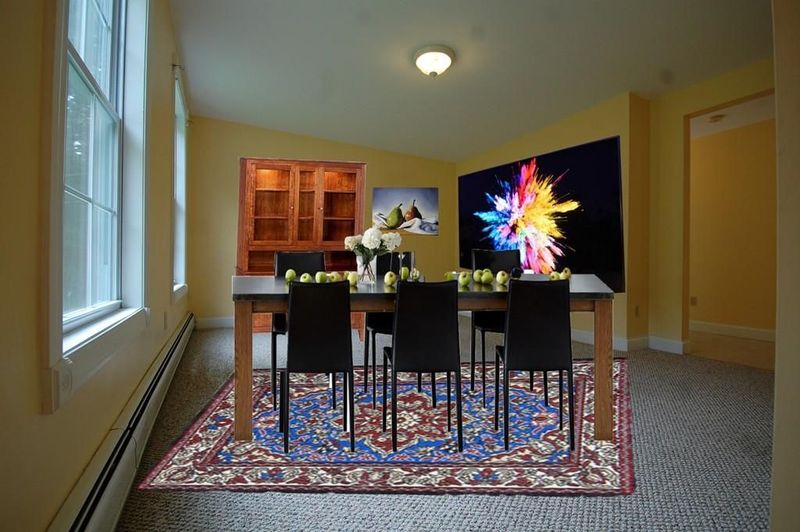
Have you ever walked into a showing where every surface featured artificial plants, bowls of plastic fruit, and staged vignettes that no human would actually create? Over-staging creates spaces that feel artificial and strangely unsettling.
The fake breakfast tray with plastic croissants on the bed. The conspicuously placed open book with reading glasses that nobody actually reads. The dining table set for a formal dinner that clearly never happens. These theatrical touches often backfire.
This mistake shouldn’t exist because authentic always trumps artificial. Simple, clean staging with minimal props creates more appealing spaces than elaborately staged rooms that feel like furniture showrooms rather than potential homes.

